Far away in the undulating hills that stand tall under the sky full of clouds, there are these strong women who are the leaders, leading their families, leading their tribe.
These short, fair women, with pan stained smiles, give warm vibes and welcome us to the abode of clouds with open arms.
Recommended Story: Famous Alcoholic drinks of Tribal India ( Popular as Desi Daru)
The Khasi tribe is an indigenous and largest ethnic group of Meghalaya tucked away in the north-eastern part of India. Their language is considered as northernmost Austro-Asiatic language.
History of Khasi Tribe
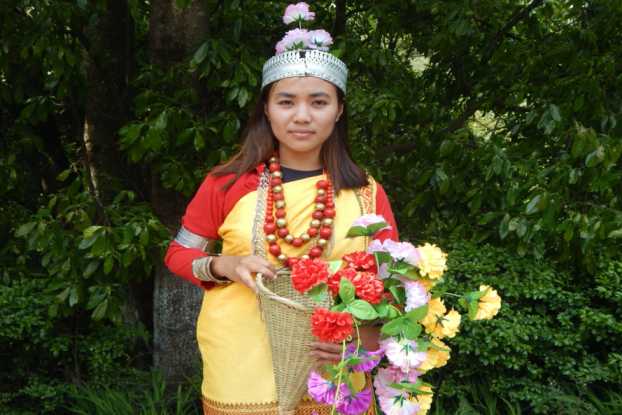
The word ‘Khasi’ is derived from Shankradeva’s, ‘Baghavata Purana’ an Indo-Aryan literature.
Before the dominance of Christianity in the state, the Khasis used to practice their age old religion – ‘Ka Niam Khasi’. With 85 per cent of Christian population, there is still considerable minority following their old practices keeping the authenticity of the tribe alive.
What really differentiate them from the other tribes is the ‘Matrilineal’ system of inheritance, which is being followed from 2000 years.
Reasons for women dominance in Khasi Tribe
- One of the reasons states that due to having multiple partners it was difficult to determine the paternity of the children.
- Whereas, the Synkhong Rympei Thymmai (SRT) states that men were away from home fighting battles for long durations resulting in women of the house taking the complete responsibility.
Whatever the reason was, the women of this tribe are in a much better condition than other tribes unlike men who are comparatively weaker and are now demanding equal rights.
Khasi women feel lucky having daughters due to the benefits they enjoy. They hardly know the harsh reality outside their tribe, in the other parts of the country where having a daughter is considered a bane.
Benefits to women of the tribe
Following are some benefits that the women of the tribe enjoy:
1. Inheritance
The first one being, the youngest daughter (Ka Khadduh) inherits the ancestral property. Even if the family decides to give a share of the property to the son, the daughter eventually gets a larger share.
The reason here is as a lady needs to run her family lineage, larger share helps in running their households.
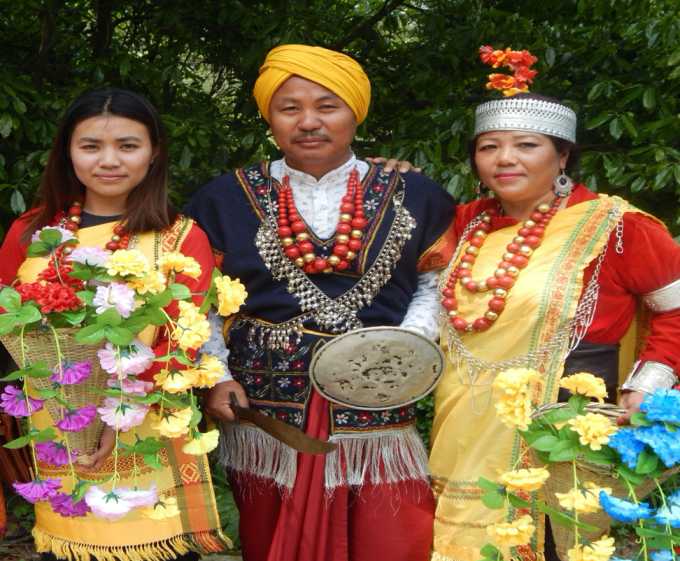
People often confuse matrilineal to matriarchy, which one cannot call it as the eldest maternal uncle (Kiii) of the family still will have a say and consent to the decisions relating to the property made by the women of the family.
Still this can be considered as a unique scenario as men usually enjoy this power in the other parts of the country.
2. Freedom to choose their partners
Young girls are given appreciable freedom in choosing their mates and potential marriage partners. They are likely to be made aware about each other before betrothal.
And here the type of marriage determines a man’s post marital residence. If the man has married a heiress (Ka Khadduh), then he shall move to his mother-in-law’s residence post marriage, it is supposed to be matrilocal.
In case he gets married to a non-heiress, the residence becomes neolocal. Men nowadays do prefer marrying a non-heiress to start their independent families without the interference from his wife’s family.
When asked about their idea of marriage, these young women said they preferred not getting married as they are pretty happy shaping their careers and living with their own families. They see no point in having a husband to support them, especially financially.
In a country where marriage is of utmost importance and women are often pressurized to get married as early as possible, these are happy being single and independent.
3. Freedom of Lifestyle in Khasi Tribe
Women dressing up the way they want, by following latest trends, driving cars and singing songs with such bright smiles on their faces makes one immensely happy for at least they are enjoying their share of freedom without anyone pointing fingers on them.
The broadmindedness of this society makes it different from others, which makes me believe that women can live life on their terms, without anyone’s interference.
4. Children take on the mother’s surname in Khasi Tribe
After marriage, the children take up their mother’s surname. The names can be English or Christian as preferred by many but the surname comes from the tribe, traditional Khasi surname.
5. Divorce System in Khasi Tribe
In case of disharmony between the couple, getting a divorce is simple
Previously, there used to be a traditional method for getting divorced, wherein, the husband handovers five paisa to the wife and the wife handovers five paisa along with her own and the eldest member of the village would throw it stating that the couple is divorced.
Though now divorces are done legally by following the Indian legal system.
Working Population in Khasi Tribe
Most
of the stalls such as Pan Stalls (Betel leafs are most common crop here),
shops, small businesses are owned by the women here. They are also actively
engaged in farming i.e. shifting cultivation – the most common farming
practice.
Many have even taken profession in civil services and in mainstream industries which empowers women in taking up different fields in terms of their career.
They are also very talented musicians with specializing in at least one type of musical instrument and trying to make a career out of it.
Many have actually gone out of the state and settled down in other states or even other countries with well established careers.
Though even men are engaged in equal activities, women are more in number.
Men though not completely powerless don’t get to enjoy the benefits as compared to the women here.
Present Scenario in Khasi Tribe
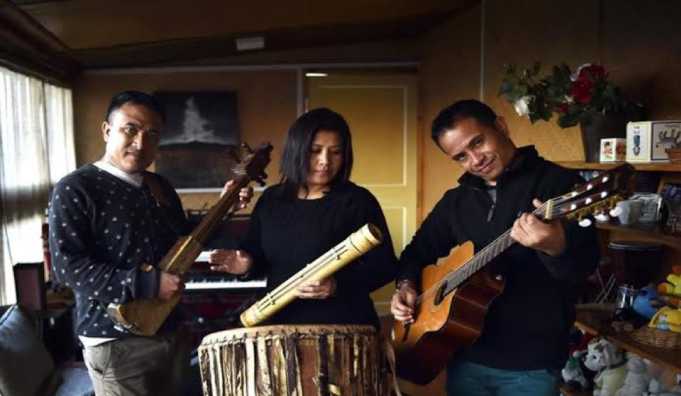
Synkhong Rympei Thymmai (SRT), a Khasi body, seeks to change the status quo and has pushed to change to the patrilineal system in the tribe. They have also requested the community for it helps in strengthening the bond in the family.
Well, only the time can tell what exactly is in the fate of this tribe. But until then or maybe for a very long time, the matrilineal lineage shall continue, giving examples of true women leaders, not only of their families but also of their tribe.



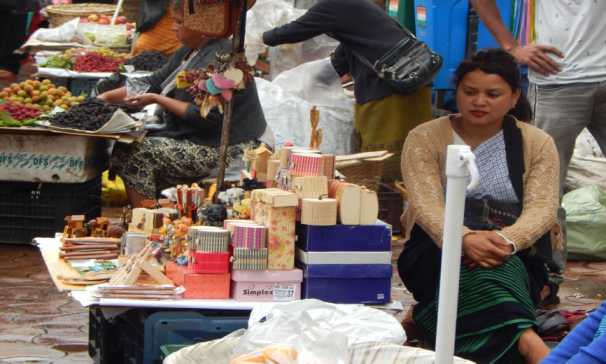
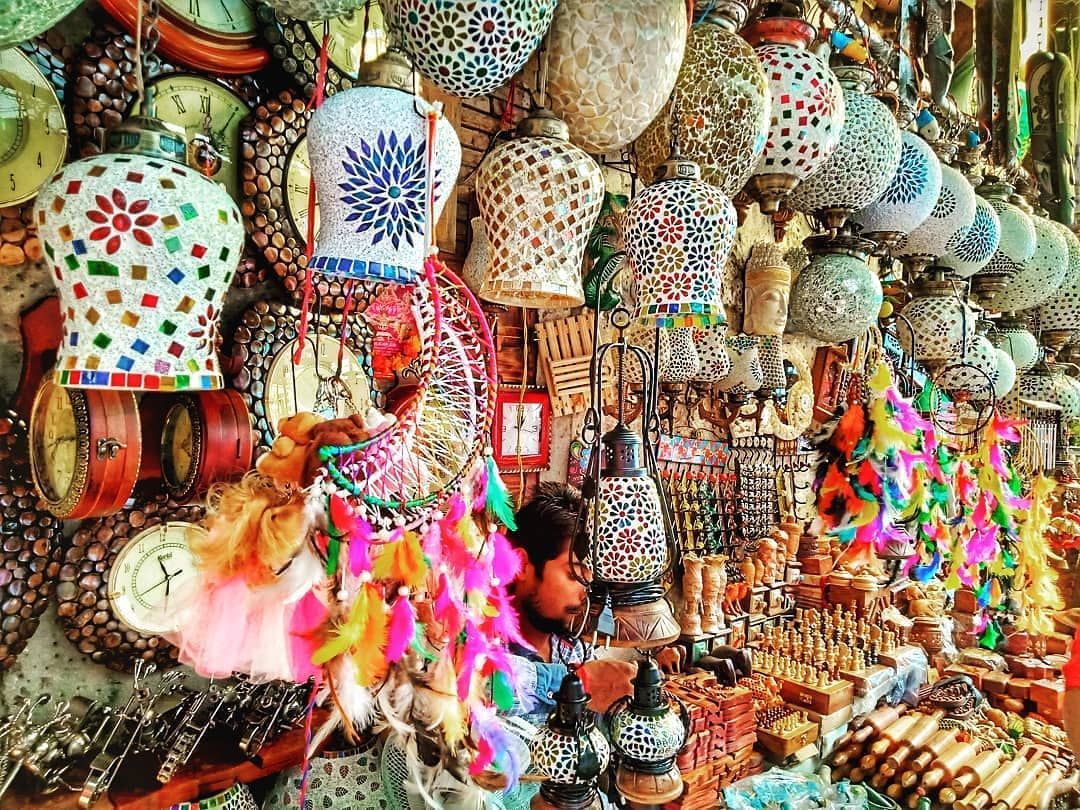



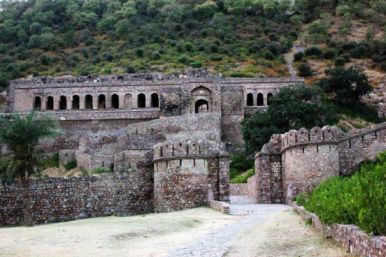


By the way all the picture of those in traditional khasi dress are pics taken by tourists .. in ward’s lake , a tourist spot in shillong.I can make out they re not locals.. only the last two pics in casual attire are genuine
Hailing from Shillong and belonging to a Khasi Tribe. A lot of the points above are genuinely true. It is a beautiful state and a vibrant culture of ethnicity, not to mention the amount of openness and the welcoming feeling we have for every other tribe and other states within India. Whenever you visit the place, you’d be assured to go back home smiling with a bucket full of memories.
Awesome one…!! This article will be very supportive for all the women out ther. Thanks for bringing out this info.❤